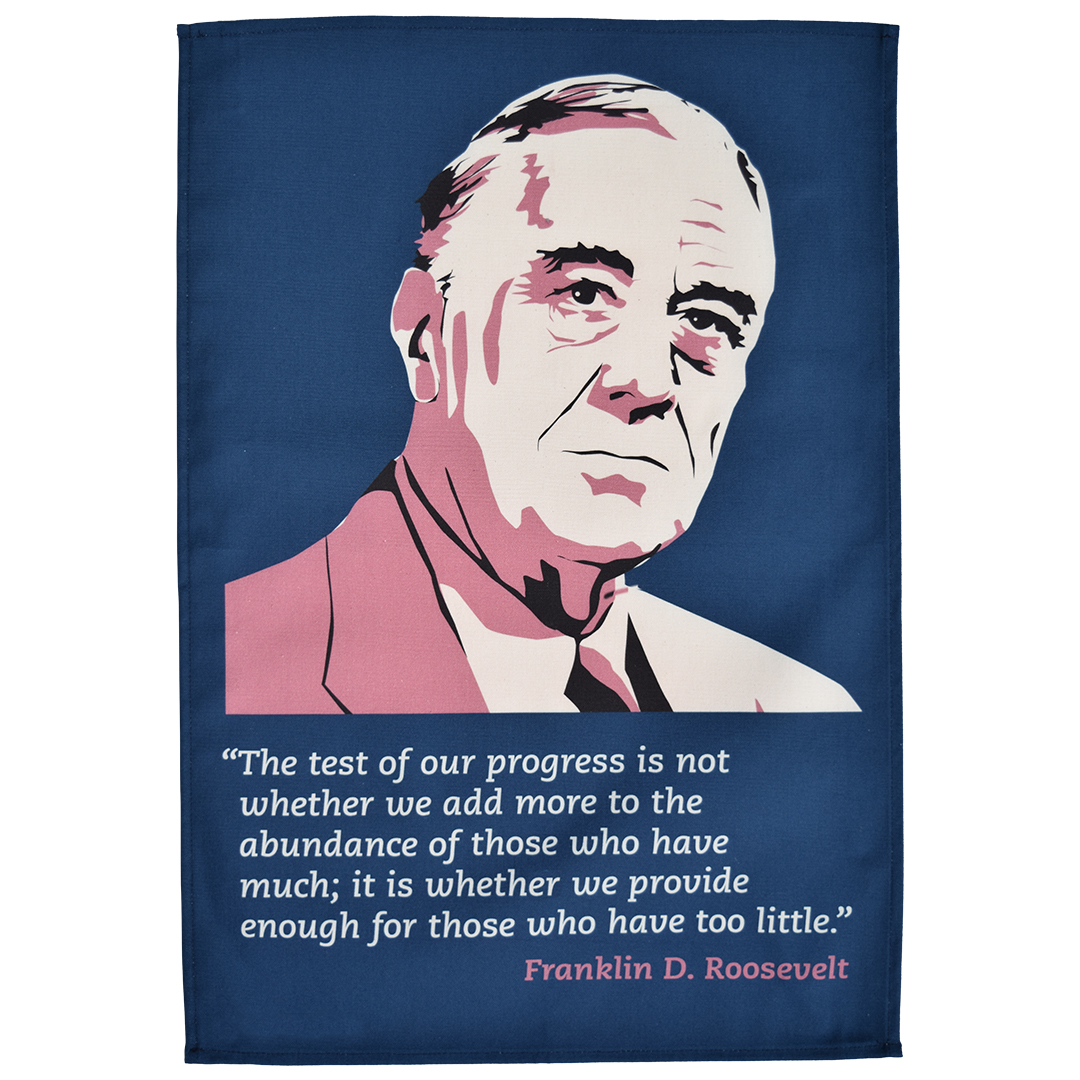Bonus or bust? Radical soldiery in America & the Bonus Army
Posted by Pete on Jul 28th 2021
On this day in 1932, 43,000 members of the 'Bonus Army' marched on Washington D.C to demand their owed bonuses...
Perhaps unexpectedly, a radical vein runs through the history of American soldiery.
Take the Union Army – a revolutionary, multiracial force which marched through the South to abolish slavery, battle after battle.
Inspired by this feat, another generation of American soldiers volunteered to fight fascism across the Atlantic in the Abraham Lincoln Battalion during the Spanish Civil War, and then afterward in WW2.
But this radicalism isn’t just limited to the trenches. American soldiers have also pulled off radical feats away from the battlefield, as veterans.
There’s a long tradition of veteran dissent in the American story. There were the Pennsylvania troops of the Continental Army who marched on Philadelphia for their backpay. Or the militant Vietnam Veterans Against the War (VVAW) and radicals of the WW2 generation like Howard Zinn.
Whether driven by government mistreatment or by the horrors of their own war experiences, the veteran has often been a rebellious figure in US politics.
And veteran dissent was on the agenda when the 43,000 ‘Bonus Army’ members arrived in DC in the middle of 1932.

Members of the Bonus Army camped out on the lawn of the U.S. Capitol building
By comparison with the Vietnam Veterans Against the War a few decades later, the ex-soldiers camped on the Anacostia Flats were hardly raging radicals.The Great Depression had already ruined lives across the country, and many of these WW1 vets had been out of work since 1929.
That's why, in 1932, accompanied by their families and supporters, they decided to march on Washington, demanding that Congress and President Hoover bring forward their war bonuses – hence their nickname, the ‘Bonus Army’.
This wasn’t even the first battle WW1 veterans had fought over their bonuses.
The World War Adjusted Compensation Act (1924) was initially vetoed by President Calvin Coolidge, who lectured veterans, most of them scarred for life by their experiences in France, that “patriotism bought and paid for is not patriotism.”
Congress overrode Coolidge’s offensive veto, and the war bonus was created. But the ‘Adjusted Service Certificates’ which gave the vets their money could not be redeemed until 1945.
So, when Wall Street crashed in 1929 and money became scarce, the WW1 veterans demanded their bonuses early.
President Herbert Hoover, Coolidge’s Republican successor, refused. So the Bonus Army – or ‘Bonus Expeditionary Force’ – made camp in a ‘Hooverville’ slum on the Anacostia Flats in Washington.
Despite the FBI’s knee-jerk accusation of communism, the men and women of the Bonus Army were no more ‘Red’ than your average group of Americans in the 1930s.
But their discontent – rooted in mass unemployment, class inequality, and systematic neglect by the state – was the product of a broken economic and political system in need of radical fixes.
Whether or not they intended it, the Bonus Army helped clear the way for a radical solution.
On 17 June, the Senate voted down a bill meant to move forward the WW1 cash bonus by 62 to 18. The Bonus Army peacefully returned to its camp, but before it could disband on its own, the President ordered the DC police to drive the veterans out.
In the clashes with police on 28 July 1932, two veterans, William Hushka, a Lithuanian immigrant from Chicago, and Eric Carlson from California were shot dead. Both men were later buried in Arlington National Cemetery.
Afterward, the regular army was sent in with horses and tanks.
The Bonus Army faced military assault for the first time since the Western Front, but this time it was the US Army attacking them.
It was a massive overreaction which helped ruin Hoover’s reputation. A few months later, Franklin Roosevelt stormed to victory in the presidential election.
Franklin D. Roosevelt passed the Adjusted Compensation Payment Act authorising $2 billion in World War One bonuses.
Click to view our Franklin D. Roosevelt tea towel
And so began the New Deal.
Four years later, the Adjusted Compensation Payment Act was passed, authorizing the immediate payment of $2 billion in World War 1 bonuses to thousands of long-suffering veterans.
It may have taken a long time, and even cost some of them their lives – but at last the Bonus Army had won the battle.
Key Years for the Bonus Army:
- 1924 - Congress overrules President Coolidge's veto of the The World War Adjusted Compensation Act but delays bonuses until 1945
- 1929 - The Great Depression causes a rise in unemployment
- 1932 - Bonus Army marches on the White House
- 1936 - Adjusted Compensation Payment Act is passed awarding $2 billion in immediate bonuses

